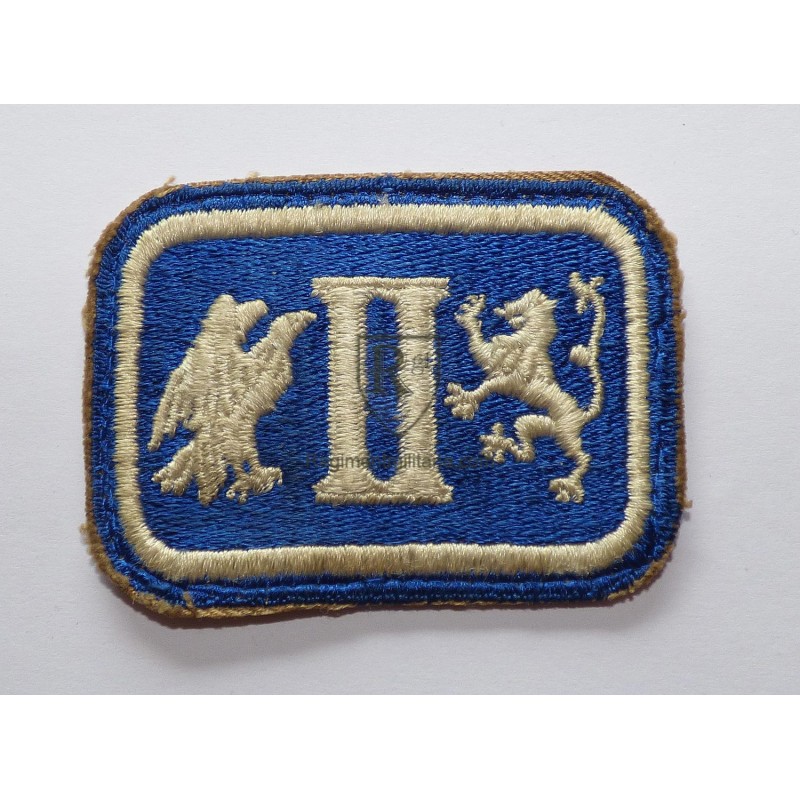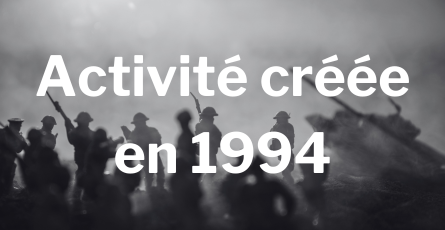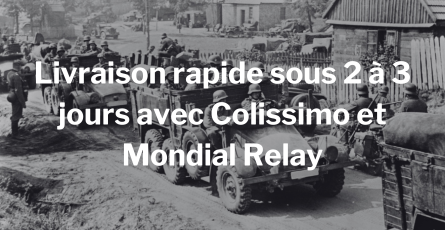

Banner

Banner




IId Army Corps Patch
 Garanties sécurité
Garanties sécurité
(à modifier dans le module "Réassurance")
 Politique de livraison
Politique de livraison
(à modifier dans le module "Réassurance")
 Politique retours
Politique retours
(à modifier dans le module "Réassurance")
IId Army Corps Patch, original, WW2.
Six months after the Japanese attack on Pearl Harbor and the American entry into World War II, II Corps was sent to England in June 1942, under the command of Major General Mark W. Clark. In November, now under Major General Lloyd Fredendall, II Corps landed in Oran as part of Operation Torch, the Allied invasion of French North Africa. After initially making good headway against German forces during the Tunisia Campaign, II Corps was defeated by German troops under Hans-Jürgen von Arnim at the Battle of Sidi Bou Zid. II Corps was again decisively defeated in February 1943 during the Battle of Kasserine Pass by veteran troops under Generalfeldmarschall Erwin Rommel. The defeats were compounded by American inexperience, poor senior leadership, and lack of armor comparable to that in the German panzer forces, as well as the highly effective German high-velocity 88 mm anti-tank guns, which were used in screening tactics to destroy American tanks lured into pursuit of German armored forces
In March 1943, after a change of command to Major General George Patton, II Corps recovered its cohesion and fought well for the rest of the Tunisia Campaign, winning the Battle of El Guettar. II Corps held the southern flank of the British First Army during the destruction of the remaining Axis forces in North Africa. The war in North Africa ended in May 1943 with almost 250,000 Axis soldiers surrendering, to become prisoners of war.
On 10 July 1943, II Corps, commanded now by Major General Omar Bradley, took part in the amphibious invasion of Sicily (codenamed Operation Husky) under command of the U.S. Seventh Army. It played a key part in the liberation of the western part of the island. The corps consisted of the 1st Infantry Division (United States), 3rd, 9th, and 45th Infantry Divisions. The Allied campaign in Sicily came to an end after 38 days.
Now under Major General Geoffrey Keyes, II Corps was sent to the Italian Front, arriving in mid-November as part of the U.S. Fifth Army, where it was to serve for the rest of the conflict, participating in grueling mountain warfare and often experienced fighting in terrible weather conditions. Soon after arrival, II Corps took the 3rd and 36th Infantry Divisions under command. In late January 1944 II Corps, now with the 1st Armored Division under command, took part in the Battle of Rapido River, part of the first Battle of Monte Cassino, to distract German attention away from the Anzio landings. The operation failed with heavy losses in the 36th Division. During the fourth and final battle of Cassino in May, II Corps consisted of the 85th and 88th Infantry Divisions. For the assault of the German Gothic Line, II Corps consisted of the 34th, 88th and 91st Infantry Divisions. The corps moved up the western side of Italy, and fought in the Spring 1945 offensive in Italy, where it ended up on the right flank of the Fifth Army in May 1945.
II Corps was inactivated in Austria on 10 October 1945, following Germany's surrender.
Reference: U2E857
Reference: F2E505
Reference: A2I178
Reference: G2E261

IId Army Corps Patch
check_circle
check_circle